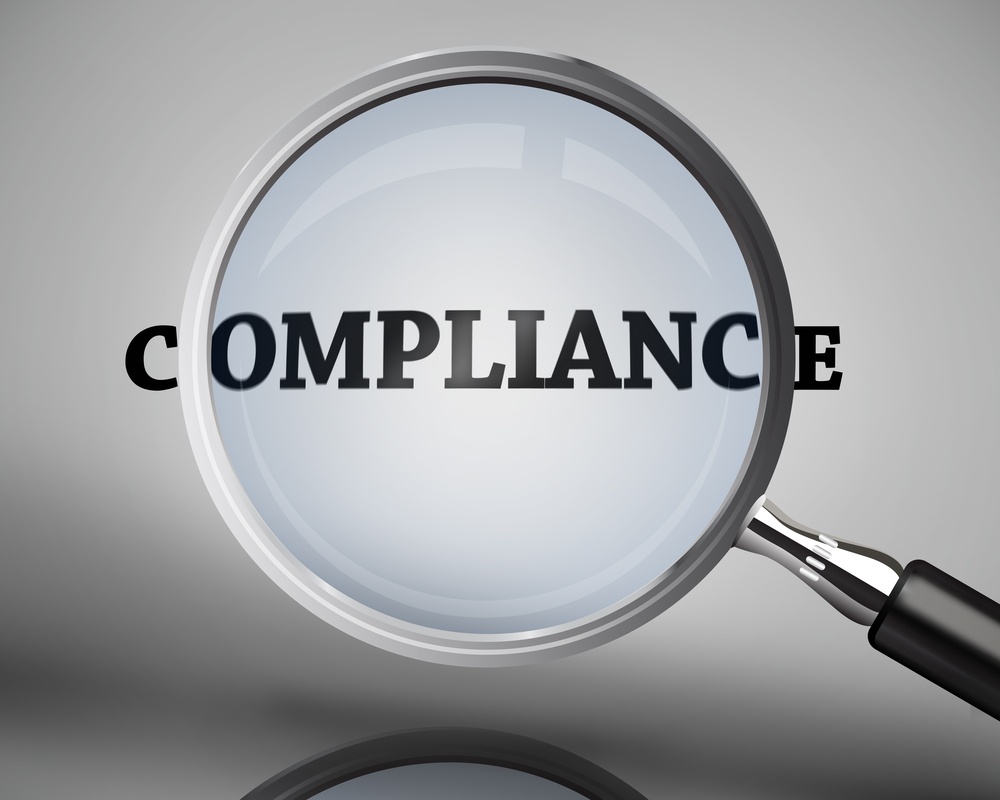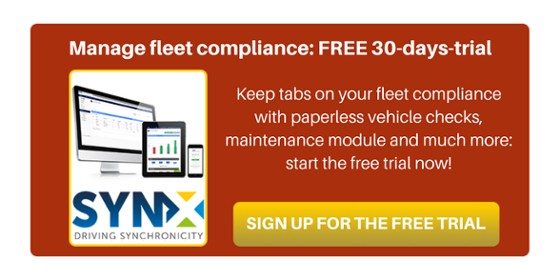
We work with any type of fleet, from big ones to smaller ones, from the public to the private sector, but when we talk with our customers or prospects, we understand managing fleet compliance is one of the things with which they struggle the most.
The responsibility for managing fleet compliance is often outsourced to fleet directors due to the burden it might pose and the investment in administrative time. There is also the need for companies operating fleets to make sure their fleet compliance process is comprehensive and nothing is skipped. We regularly consult with carriers who thought they were compliant only to find out months later that they overlooked an update, forgot about filing an entry or missed a renewal date.
So what do you, as someone with fleet responsibilities, need to keep tabs on in order to guarantee you are correctly managing fleet compliance?
Here are five essential aspects you need to focus on:
1 - Working/Driving hours
Driving hours compliance in the EU is based on three main principles: you must not drive more than 9 hours in a day (this can be extended to 10 hours twice a week), 56 hours in a week and 90 hours in any two consecutive weeks. There is also a regulation concerning breaks: a driver must have at least 11 hours rest every day; you can reduce this to 9 hours rest three times between any two weekly rest periods.
According to Health and Safety authorities, companies need to demonstrate they have processes in place to guarantee a safe working environment (extending to vehicles) as well as providing the appropriate tools and means for employees to maintain such conditions. Duty of care is a legal obligation which requires adherence to a standard of reasonable care while performing any acts that could foreseeably harm others.
Having precise processes for Fleet Maintenance, regular vehicle inspections plus the means to record them accurately is a specific requirement.
3 - Vehicle testing
Vehicle testing is a preventative road safety measure that ensures vehicles are subject to a basic safety check at regular intervals. CVRT in Ireland is the roadworthiness vehicle test for commercial vehicles—in the UK, DVSA annual tests apply to all categories of fleet vehicles.
4 - Driver licence and penalty points
Driver qualification audits should be carried out to ensure all drivers’ licences and specialties meet legal requirements. Drivers, in particular, should update companies if there are variations on their points credit due to off work events, and companies need to make sure their licence is renewed smoothly. If you need help with that, you can set up a process with our driver declaration form.
5 - Tachograph compliance
It is compulsory to install a digital tachograph in new vehicles over 3,5 tonnes with goods transportion and carrying more than 9 persons including the driver with passenger transport. The tachograph is a device that records the driving time, breaks, rest periods as well as periods of other work undertaken by a driver. The digital system includes a printer for use in roadside inspections, and the driver has a card incorporating a microchip which must be inserted into the tachograph when in operation.
If you need to manage compliance while reducing paperwork and administration, get in touch with us to learn how to do it simply and efficiently—you can begin a free 30-days-trial of our compliance software any time.



